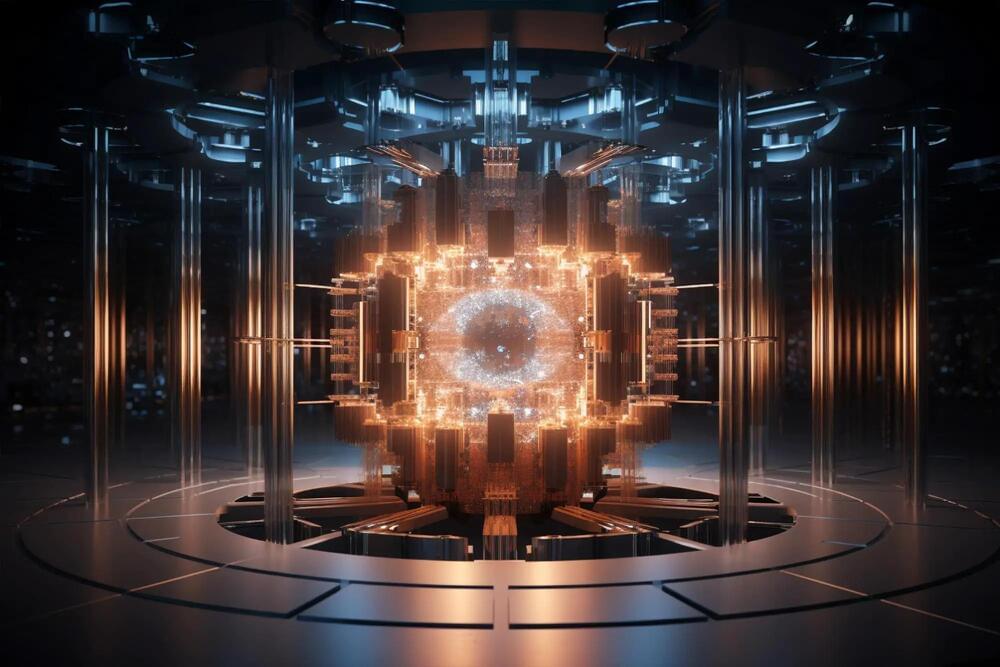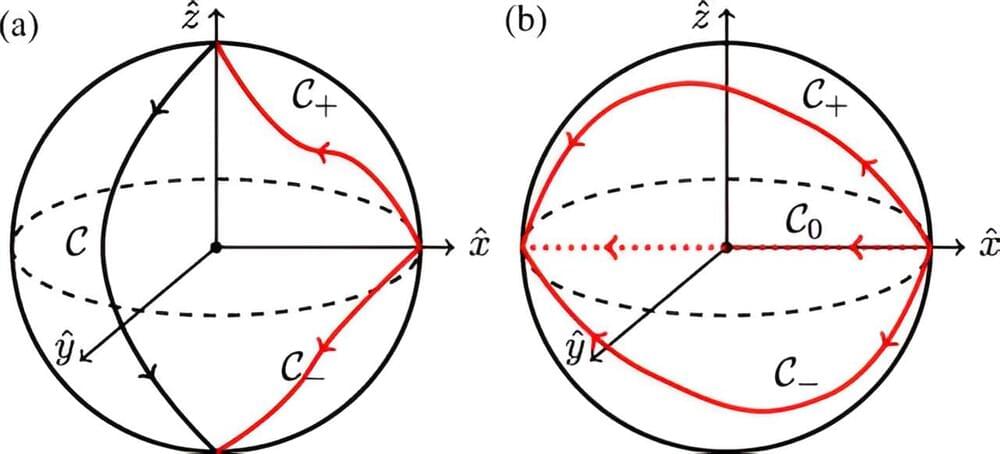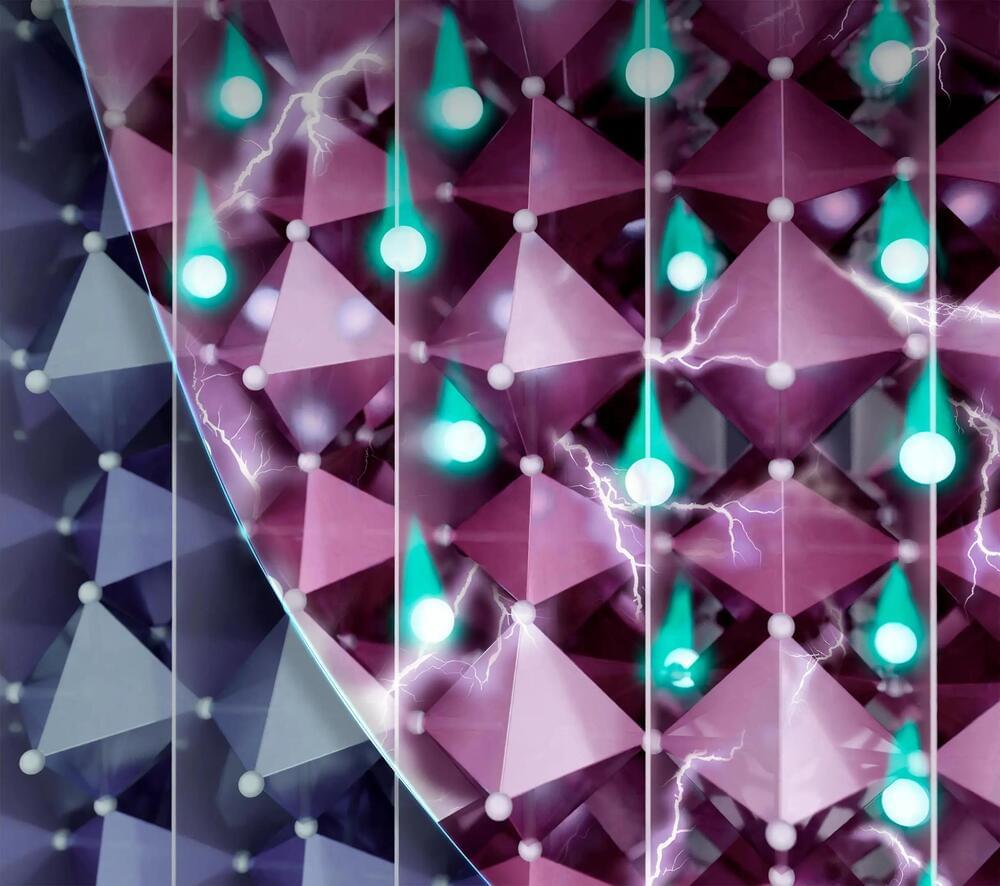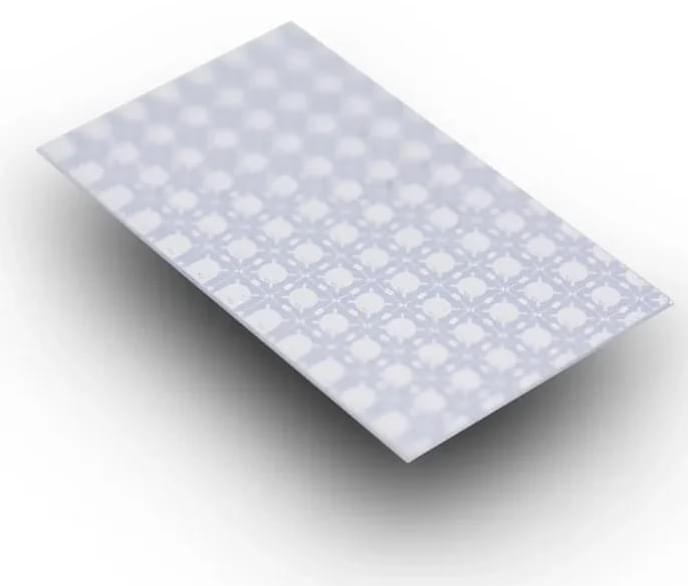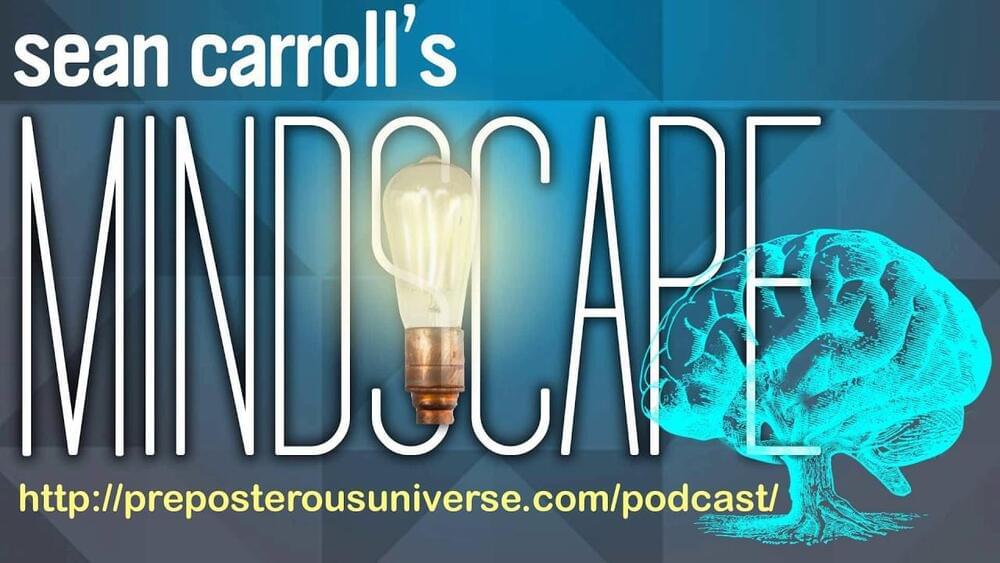Aug 15, 2023
A New Era of Superconductivity: How Uranium Ditelluride Could Shape Quantum Computing
Posted by Paul Battista in categories: computing, quantum physics
Scientists at University College Cork have uncovered a unique superconducting state in Uranium Ditelluride, which could pave the way for more stable and efficient quantum computers. This groundbreaking discovery offers a potential solution to one of quantum computing.
Performing computation using quantum-mechanical phenomena such as superposition and entanglement.
